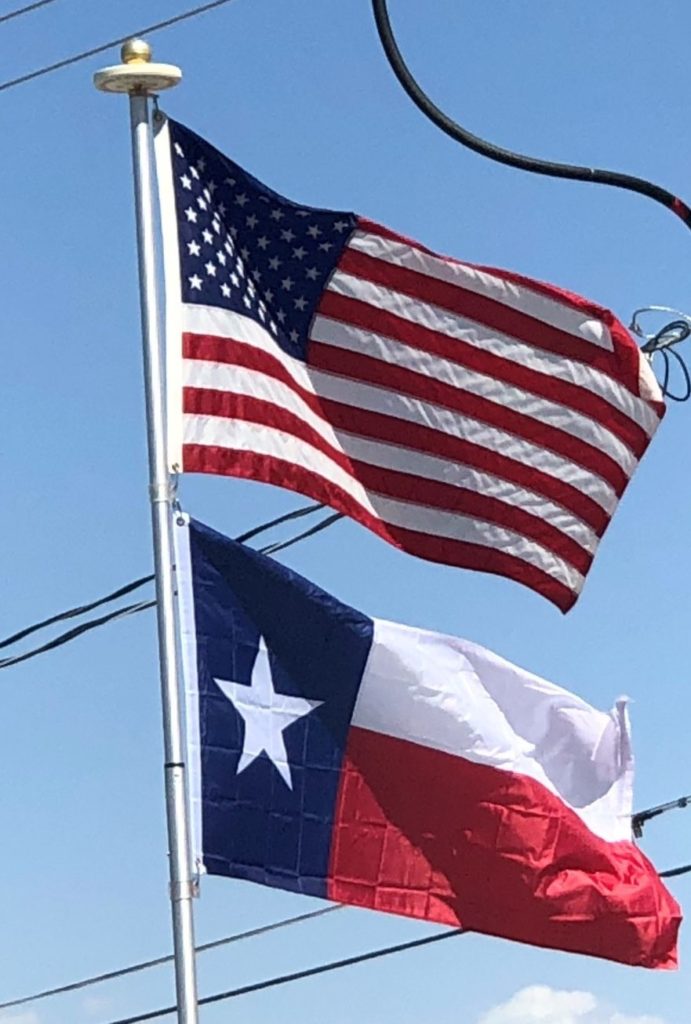Unlike the rest of the nation, most of Texas is on its own alternating current power grid, the Texas Interconnection. Texas has a deregulated electric service. Texas leads the nation in total net electricity production, generating 437,236 MWh in 2014. As an independent nation, Texas would rank as the world’s eleventh-largest producer of electricity, after South Korea, and ahead of the United Kingdom.
The state is a leader in renewable energy commercialization; it produces the most wind power in the nation. In 2014, 10.6% of the electricity consumed in Texas came from wind turbines. The Roscoe Wind Farm in Roscoe, Texas, is one of the world’s largest wind farms with a 781.5 megawatt (MW) capacity.
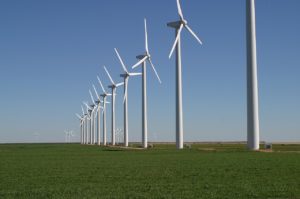
The Energy Information Administration states the state’s large agriculture and forestry industries could give Texas an enormous amount biomass for use in biofuels. The state also has the highest solar power potential for development in the nation.
Technology:
With large universities systems coupled with initiatives like the Texas Enterprise Fund and the Texas Emerging Technology Fund, a wide array of different high tech industries have developed in Texas.
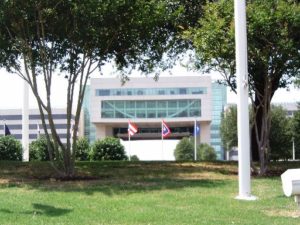
The Austin area is nicknamed the “Silicon Hills” and the north Dallas area the “Silicon Prairie”. Texas has the headquarters of many high technology companies, such as Dell, Inc., Texas Instruments, Perot Systems, Rackspace, and AT&T.
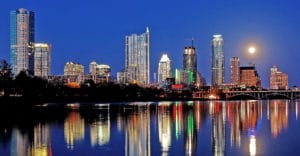
The National Aeronautics and Space Administration‘s Lyndon B. Johnson Space Center (NASA JSC) in Southeast Houston, sits as the crown jewel of Texas’s aeronautics industry.
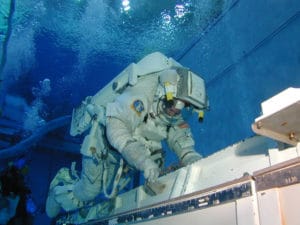
Fort Worth hosts both Lockheed Martin’s Aeronautics division and Bell Helicopter Textron. Lockheed builds the F-16 Fighting Falcon, the largest Western fighter program, and its successor, the F-35 Lightning II in Fort Worth.
Commerce:
Texas’s affluence stimulates a strong commercial sector consisting of retail, wholesale, banking and insurance, and construction industries. Examples of Fortune 500 companies not based on Texas traditional industries are AT&T, Kimberly-Clark, Blockbuster, J. C. Penney, Whole Foods Market, and Tenet Healthcare.
Mexico, the state’s largest trading partner, imports a third of the state’s exports because of the North American Free Trade Agreement (NAFTA).
Transportation:
Texans have historically had difficulties traversing Texas due to the state’s large size and rough terrain. Texas has compensated by building both America’s largest highway and railway systems in length. The regulatory authority, the Texas Department of Transportation (TxDOT) maintains the state’s immense highway system, regulates aviation, and public transportation systems.
Highways:
As of 2005, 79,535 miles of public highway crisscrossed Texas. To fund recent growth in the state highways, Texas has 17 toll roads with several additional tollways proposed.
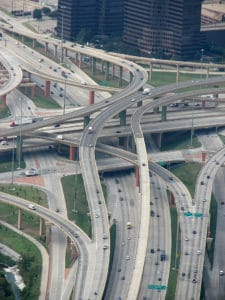
Airports:
Texas has 730 airports, second-most of any state in the nation. The largest Texas airport in terms of size and passengers servied is Dallas/Fort Worth International Airport (DFW).
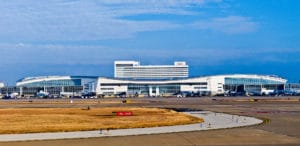
Texas’s second-largest air facility is Houston’s George Bush Intercontinental Airport (IAH).
